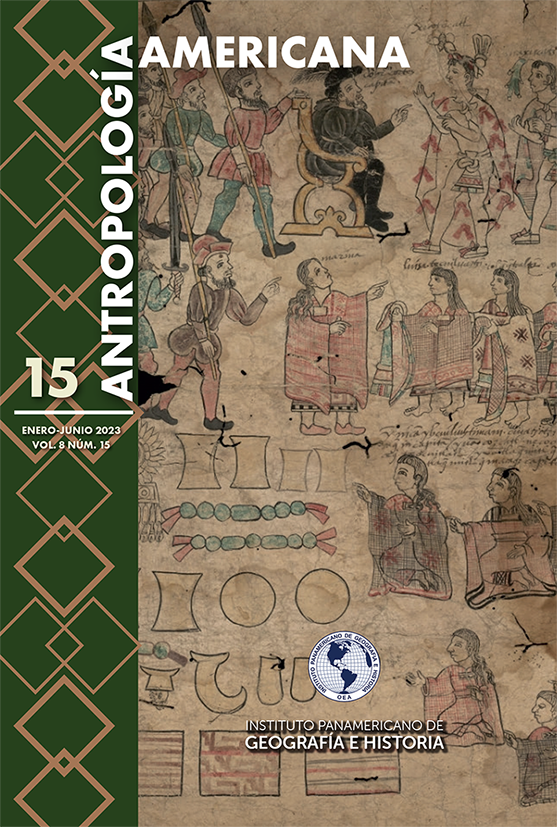The naval battle for Tenochtitlan
Main Article Content
Abstract
The battle for Tenochtitlan was a conflagration motivated by the discontent caused by the excessive tribute and the demanding imposition of labor force demanded by the Mexica State to the subjugated peoples. The war movement against Tenochtitlan was stimulated by the irruption of the West in Mesoamerica and the weakening of the Triple Alliance. Little by little, since 1519, a large multiethnic indigenous host was formed, adversary of the Mexica, which, encouraged by the fire capacity of the Europeans, became powerful enough to face the People of the Sun in 1521. Hernan Cortes knew that only attacking by the Lake Texcoco would obtain the definitive victory over Mexico-Tenochtitlan; by land, attacking the causeways would not succeed, they were narrow and well defended. He required a sufficient and efficient naval force to capture the island capital.
Downloads
Article Details
-
Abstract754
-
PDF (Español)656

